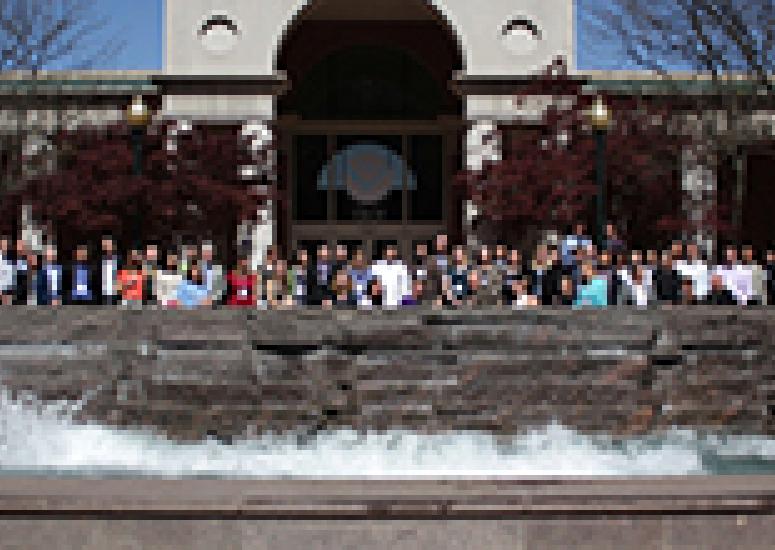-

Twenty years of postdoctoral progress on climate
It’s been two decades since NOAA launched its Climate and Global Change Postdoctoral Program. The C&GC program was created in response to a lack of trained specialists, and it’s kept up with continued expansion in climate change study.
- Education + Outreach
